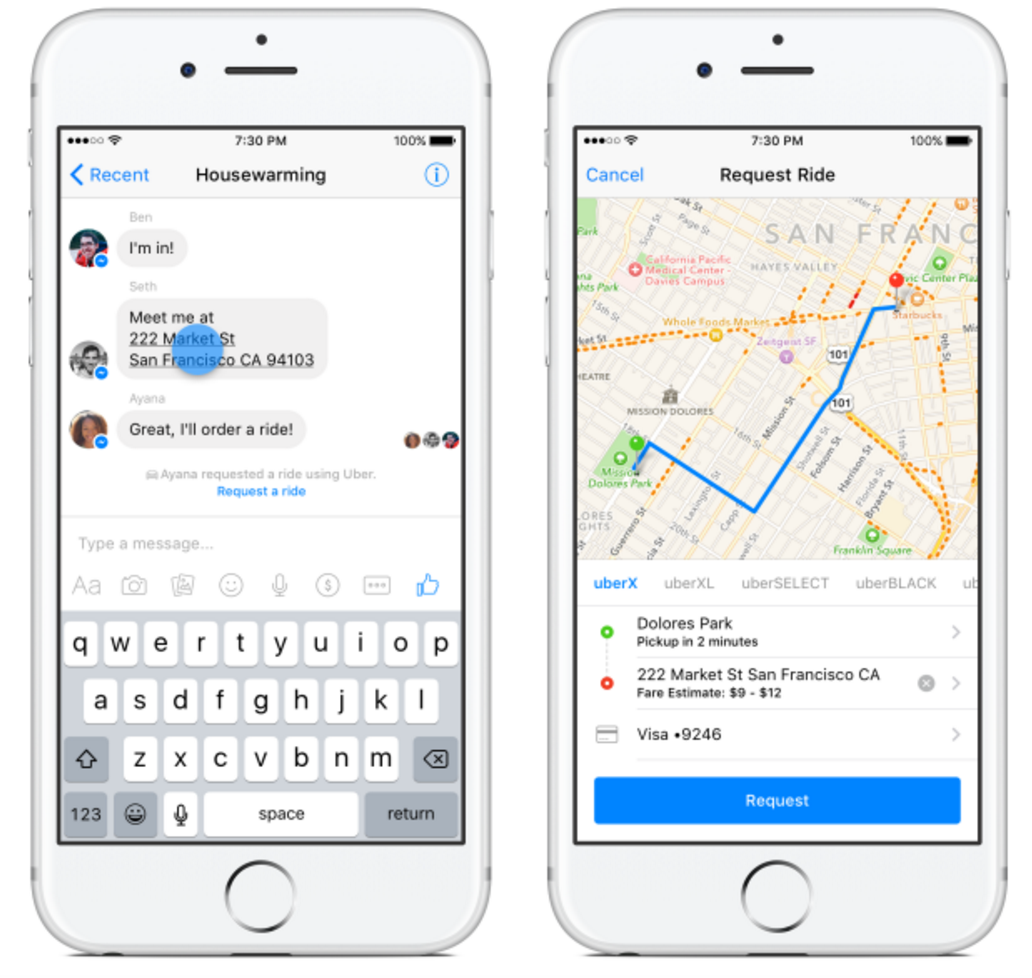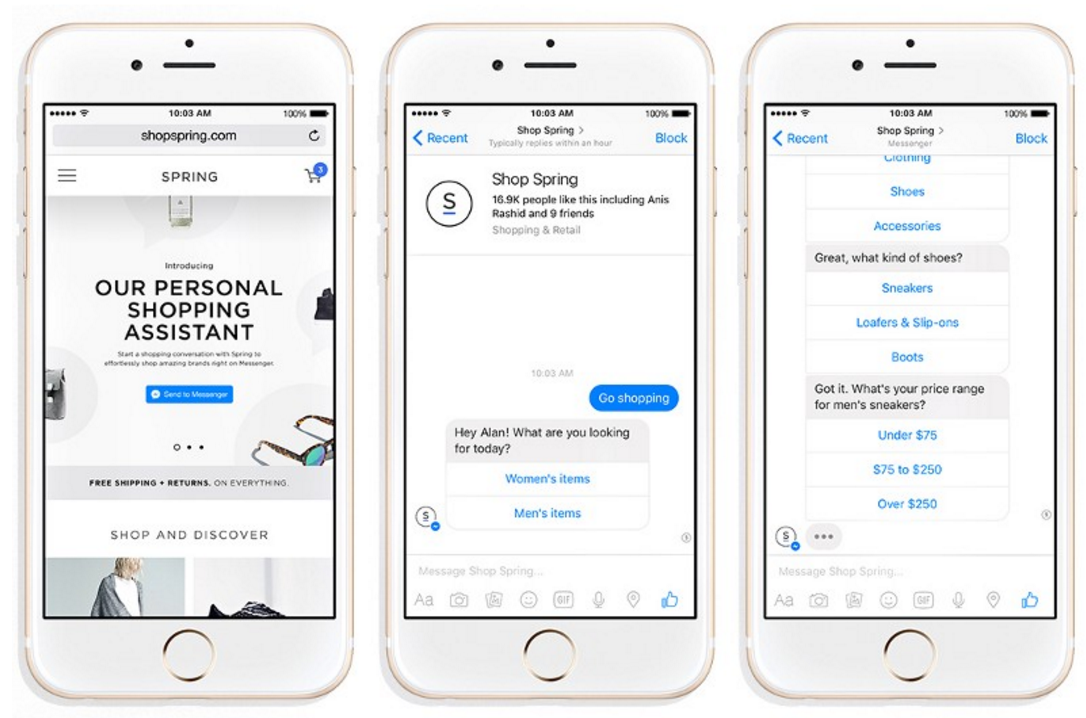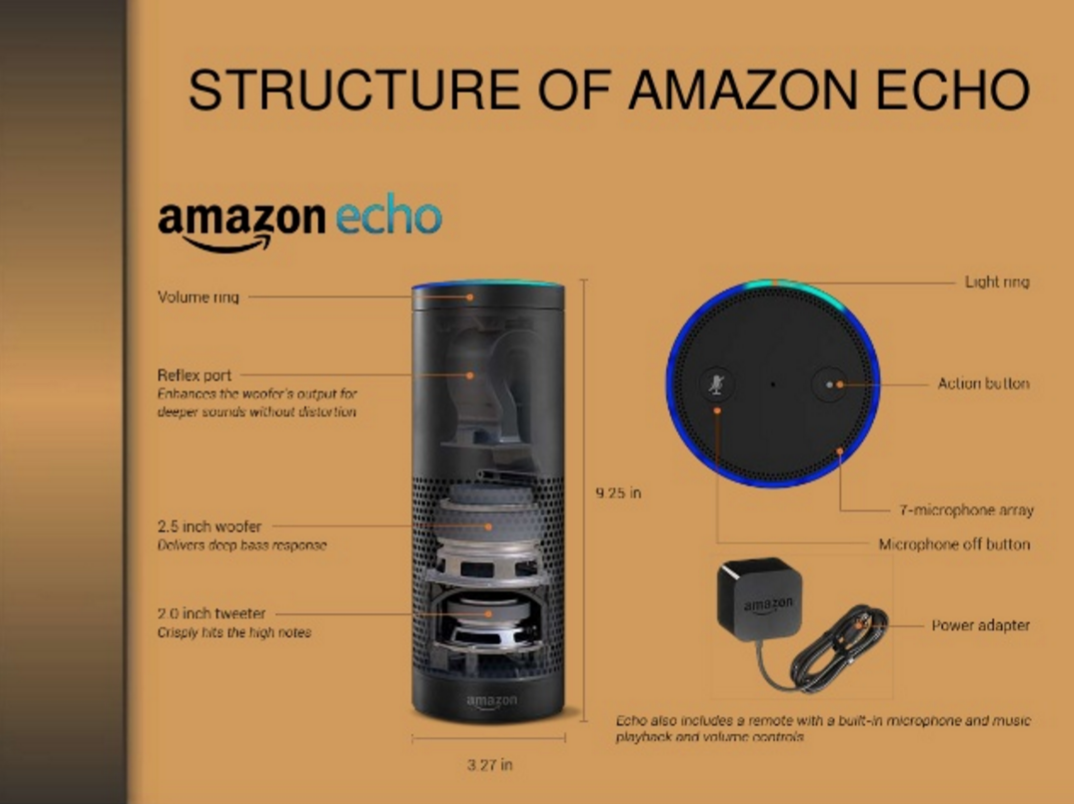This
article is the first part in a series about Chatbots and Machine
Learning. Other articles that were published in this series can be found
here:
#2: Natural Language Processing and Machine Learning: the core of the modern smart chatbot
#3: Machine learning, neural networks and algorithms
By 2020, it’s estimated
that around 20 billion ‘connected things’ can be found in an IoT
environment. It will be a challenging task to build interfaces that can
handle the huge amount of things and data that come with this
development. In this article, I will elaborate on the possible role of
chatbots within this environment.
What exactly is a chatbot?
There are already well known examples of AI and chatbots, for example Cleverbot, Cortana or Tay.
Tay, Microsoft’s first public experiment with a Twitter bot, was so
successful that it started mimicking its followers. However, after 16
hours of being “alive” Microsoft had to pull Tay’s plug because it had
turned into a feminist bashing racist xenophobe. Even though it was
considered a failure, it showed how much the technology around smart
chatbots had evolved. Tay could give coherent and meaningful answers to
questions and even join a whole conversation.
Chatbots
use a dialog system to have a conversation with a human. There are a
few steps a chatbot goes through to process human information:
The first step is converting human input into an understandable context for the chatbot. This is done through input recognizers and decoders, which can analyze speech, text and even gestures. The next step is applying Natural Language Processing
to analyze the plain text and search for semantics. All the while the
input is managed and processed by a dialog manager to ensure a correct
flow of information from and to the participant.
The
dialog manager also makes sure that questions or issues are assigned to
the right task manager and solved. After the tasks are solved the
output manager translates the solution into “human like output”. This is
done through a natural language generator
to mimic human speech. The output rendered will then regulate how the
output is communicated, e.g. through audio, voice and in a visual format
as well.
Depending
on the status of advancement of the natural language processing and its
engines for processing the information, the chatbot is thus able to
mimic human language and interpret and communicate efficiently. So how
can the chatbot be helpful to an IoT environment ?
An interface for an IoT environment?
In an IoT environment, chatbots can function as an interface to make sense of all the data and also make it more accessible.
Facebook Messenger’s
chatbot SDK provides companies a platform where they can integrate
their own service within the accessibility of the Messenger app. Below, I
use the examples of Uber and a shoe retailer to illustrate how the
messenger can be used:

An
address within a conversation is recognized by Messenger and will be
automatically highlighted. With the example of Uber, users are able to
get a ride to the specific address within minutes when they click on an
address. The show retailer on the other hand, is a great example for
illustrating how the chatbot technology can be used when connecting it
with an e-commerce solution. Users can initiate a conversation with
their chatbot, which will then determine through questioning which kind
of shoes they would like.

Another interesting example is Amazon Echo
is an example of integrating speech in your chatbot experience, it will
allow you to order anything from the Amazon webshop. A new report,
states that Amazon has sold near 3 million Amazon Echo smart speakers
which supports the belief that chatbots are the future of IoT and
retail, and it will be interesting to see what else retailers come up
with in the coming years.

No comments:
Post a Comment